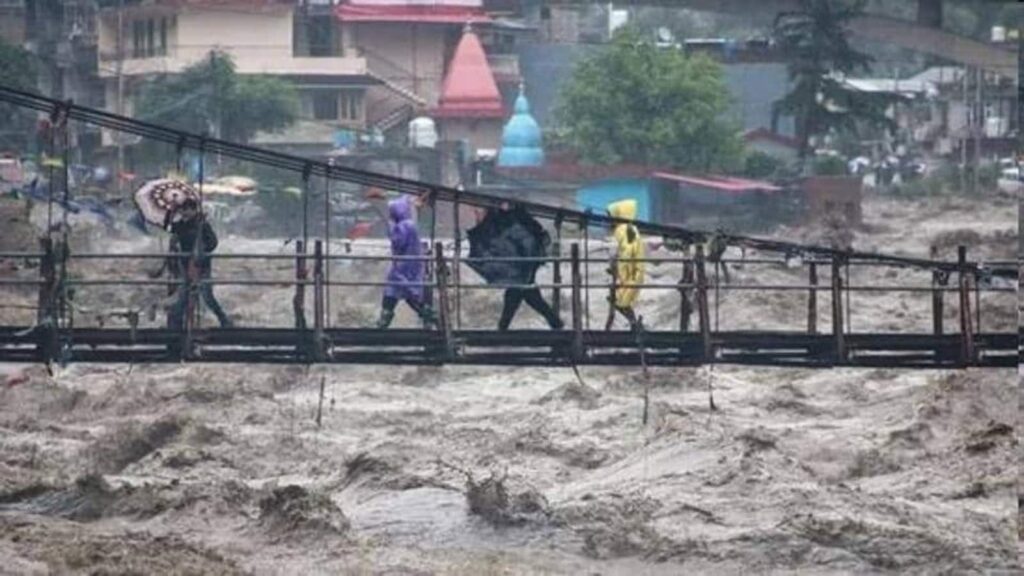After a wet July packed with extreme rainfall, the southwest monsoon is expected to enter a weak phase this week with poor showers in central and peninsular India, this newspaper reported on Monday. Experts warned the weak monsoon phase might stretch for up to two weeks with large variations in the rainfall pattern, and a possible dry spell outside north India. There is little doubt that a significant contributor to this shift is El Nino, a weather phenomenon associated with an unusual warming of waters in the eastern equatorial Pacific which was weak in July, but which is expected to intensify in August, causing further disruptions in the monsoon. These conditions will have ramifications not just for the kharif crop, but also for the winter crop.
All this will have a bearing on inflation, especially in the food basket where the impact of the recent wave of extreme weather in Haryana, Punjab and the hill states is yet to be deduced fully. While inflation should broadly remain manageable, and experts don’t foresee the Reserve Bank of India’s Monetary Policy Committee to effect any drastic changes in its stance this week, the vagaries of the monsoon hold takeaways for how we classify rainfall and build policies for the future. The monsoon arrived with a long lag this season, but quickly made up time with an unusual trajectory across north and central India. June rain was deficient. July rain was in excess. Even as the northern states were marooned by torrential downpours, the food bowl regions of states such as Bihar and West Bengal received less-than-sufficient rainfall. Even if it doesn’t have an immediate impact on inflation management, policymakers should factor in the wild variations that the headline numbers of a normal monsoon hide.

